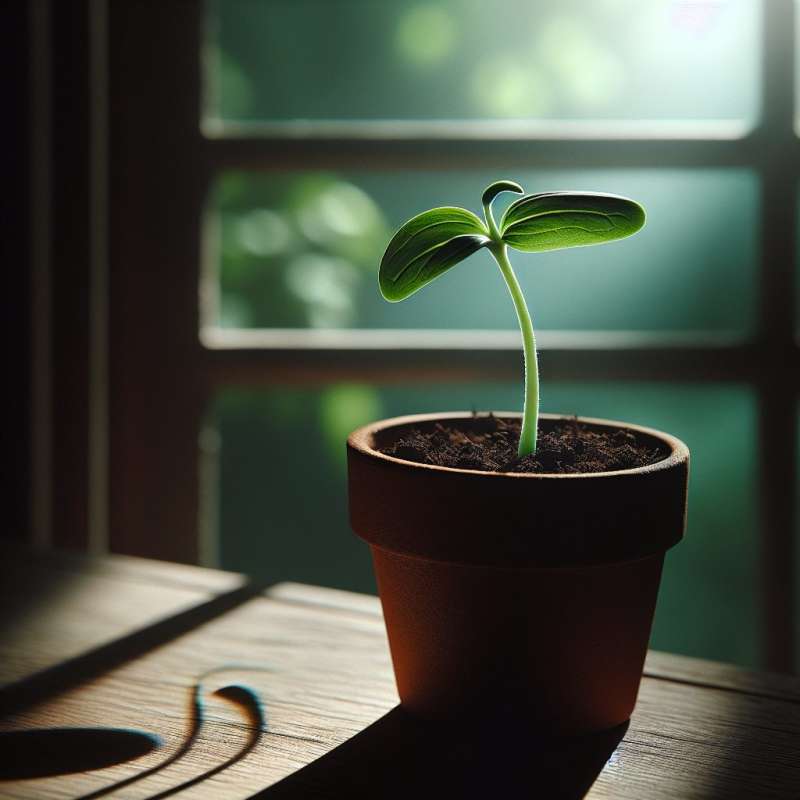
Plant Growth Basics
Plants grow through cell division and enlargement, involving photosynthesis to produce energy. Unlike animals, plants exhibit indeterminate growth, meaning they grow throughout their lives.
Meristems: Growth Engines
Plant growth occurs in meristems, where undifferentiated cells divide. Apical meristems lengthen shoots and roots, while lateral meristems thicken the plant.
Hormones regulate growth
Auxins, cytokinins, gibberellins, ethylene, and abscisic acid are plant hormones that influence growth, flowering, aging, and response to stimuli. Their balance is crucial for plant health.
Phototropism: Light Direction
Plants use phototropism to grow towards light, optimizing photosynthesis. Auxin distribution causes differential growth, bending the plant towards the light source.
Gravitropism: Gravity Response
Gravitropism allows plants to orient themselves with gravity. Roots exhibit positive gravitropism, growing downward, while shoots show negative gravitropism, growing upward.
Seasonal Growth Changes
Growth rings in trees, known as dendrochronology, reveal historical climate conditions. Trees produce different types of cells during growth seasons, creating visible rings.
Clonal Colonies: Ancient Giants
Some plant species, like aspen trees, grow as clonal colonies. They can become among the oldest and largest living organisms, with a single root system spanning vast areas.Plant Speedsters
Bamboo can grow up to 35 inches in a single day, making it one of the fastest-growing plants on Earth.
What is indeterminate in plants?
Root growth only
Growth throughout life
Leaf enlargement only
Company